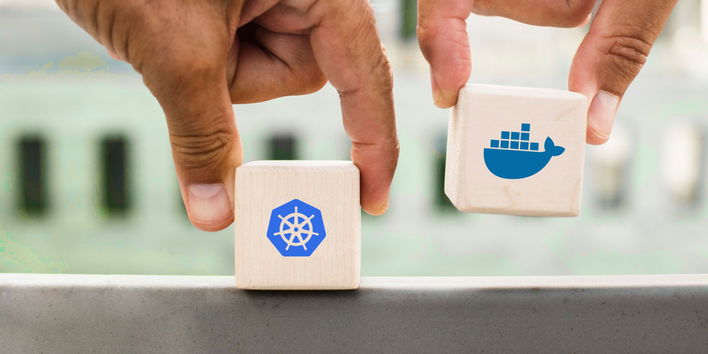Kubernetes vs Docker has been a highly searched, compared, and debated topic in the open-source software industry. While they are both excellent choices, they have opportunities and obstacles.
A few essential features and how the architecture is designed for both platforms are elaborated for your ease in defining and deciding what might be better for you.
What is Kubernetes?
Kubernetes is a container orchestration system that automates containerized applications' deployment, scaling, and management. It was originally designed by Google and is now maintained by the Cloud Native Computing Foundation.
It is an open-source project and is available under the Apache 2.0 license. Kubernetes is often used in conjunction with Docker but can also be used with other container runtime environments.
Architecture of Kubernetes
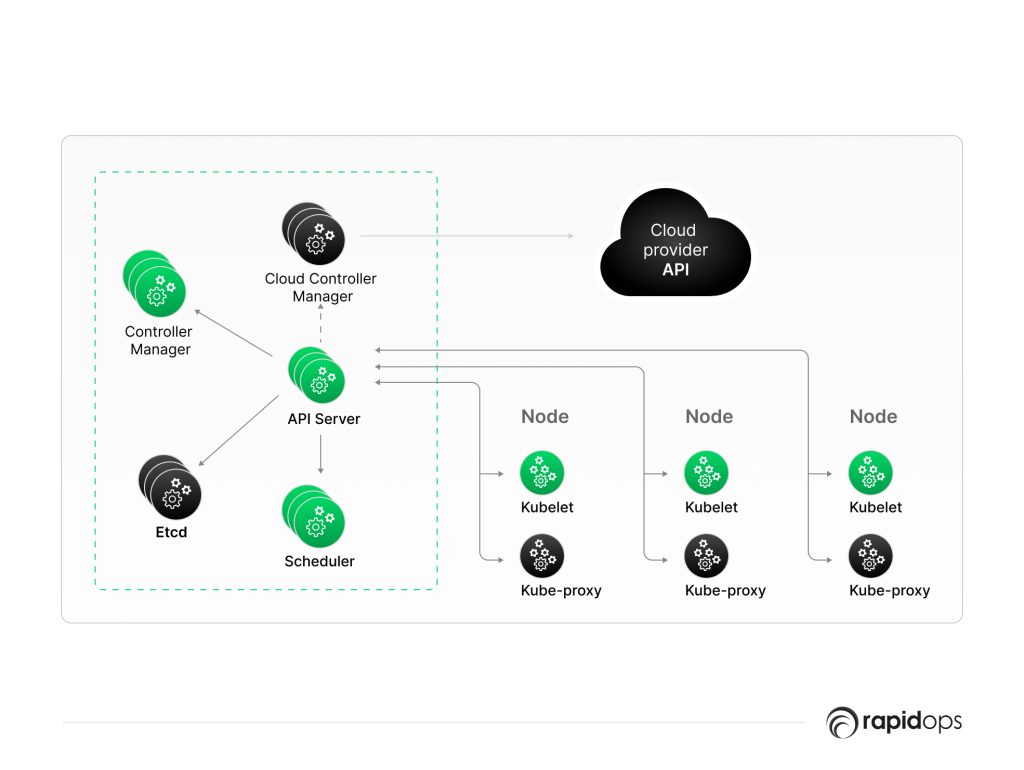
The core of Kubernetes is a cluster management API that regulates how application containers are scheduled across nodes in a host machine.
This API also handles replication and load balancing of these containers and provides various mechanisms for application discovery and service health checking.
In addition to its automation capabilities, Kubernetes offers powerful constructs like namespaces.
Namespaces allow groups of users to create and manage resources as a single entity -and services, which can be used for creating ways to access application containers running on the cluster.
Kubernetes handles the management of containerized applications at two different levels: on a per-container basis and at a system level.
- On a per-container basis, Kubernetes supports features like setting CPU and memory limits for individual containers, managing their storage space, and defining how much network bandwidth each container can use.
- On the system level, Kubernetes provides tools that help service discovery across nodes. These replication control mechanisms allow users to scale out or in their applications based on demand or other factors, load balancing across clusters or regions of nodes/hosts, mounting storage systems like Google Cloud Storage or Amazon S3, and implementing rolling restarts of individual containers.
One exciting aspect of Kubernetes is that it supports different mechanisms for updating or upgrading the components of your applications as they evolve.
For example, you could upgrade an older version of an app to a newer one by creating two versions in separate namespaces and then switching between them using a feature known as "service load balancing."
Other ways to update apps on Kubernetes include rolling updates - which automatically roll out changes across the cluster with zero downtime and canary releases.
A canary release is where a small portion of users are given access to the updated version before it's rolled out to everyone else.
Features of Kubernetes
Kubernetes provides several features that make it an attractive option for deploying and managing containers at scale, including:
1. Service discovery and load balancing
Kubernetes can automatically discover and load balance services across a cluster. It makes it easy to scale services horizontally by adding more nodes to the cluster.
2. Self-healing
It can automatically restart containers that have failed and replicate containers that are running on failed nodes.
This ensures that services are always available, even during hardware failures.
3. Horizontal scaling
Kubernetes makes it easy to scale services horizontally by adding more nodes to the cluster. It helps to improve the utilization of resources and reduces the need for overprovisioning.
4. Rollback and rollouts
It can automatically roll back deployments if there are errors and perform controlled rollouts of new deployments.
This allows for safe and easy testing of new software versions before they are deployed to production.
What is Docker?
Docker is a tool that enables you to create, deploy, and run applications using containers. Containers are isolated from one another and allow you to package an application with all its dependencies into a single unit.
Docker provides a way to run almost any application securely isolated in a container. Like Kubernetes, Docker is also an open-source platform.
Architecture of Docker
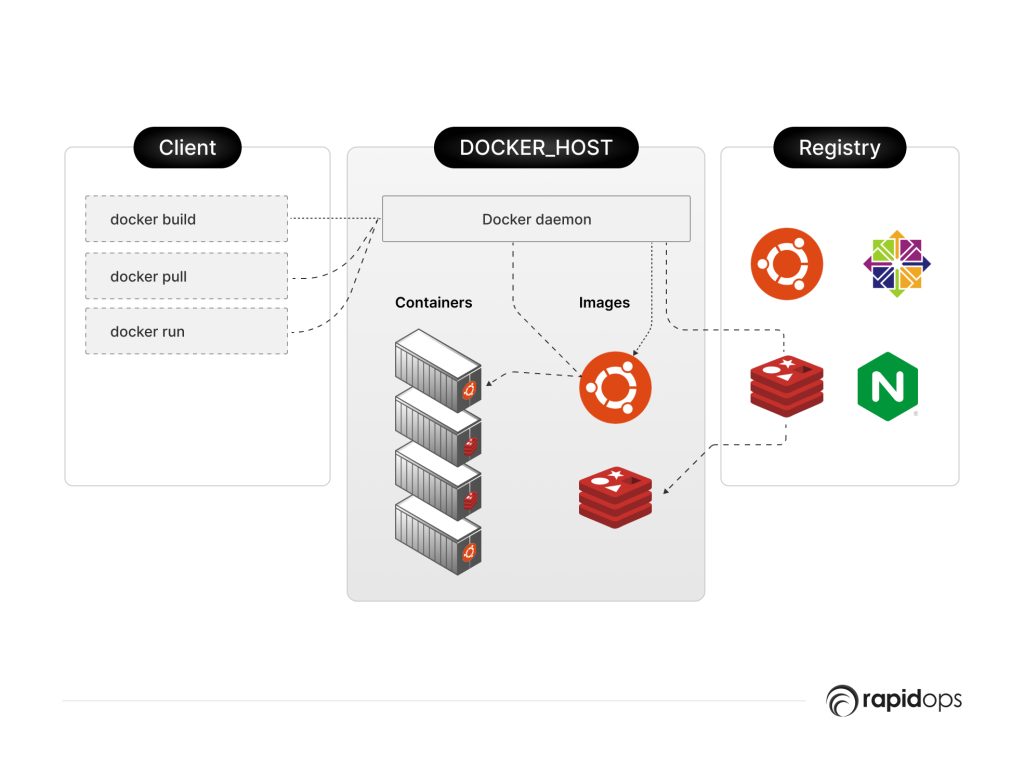
A Docker container is an isolated process running in a Linux kernel.
From the definition of Docker, it's consistent with inferring that:
Containers are lightweight and faster because the overhead of starting them up is less than virtual machines.
Unlike virtual machines, no extra hardware (CPU or RAM) needs to be allocated for containers running, so containers can start nearly immediately.
A Docker container consists of three essential elements:
Docker engine
Docker Engine runs atop of Linux kernel to provide services for containers such as access control, network isolation, and resource accounting/limiting.
The engine creates and manages images that are used by containers.
Image processing
Images contain all the dependencies required for an application to run, including libraries, binaries, etc.
For example, if you need Nginx (webserver) running with PHP (a programming language), then an image containing these two and all the dependencies will be created.
Containers
Containers are created from these images and can be moved across hosts without any changes to their configuration.
The components mentioned above interact in the following way:
- The Docker engine manages images on the host system and creates containers from those images for executing processes. That’s why increasing the portability and consistency of applications within a distributed infrastructure.
- All processes running inside a container have access only to resources specified during the creation of an image.
So, each container looks like a complete virtual machine with a dedicated CPU, disk, memory, and network stack.
- Containers can be created from an image of any platform, like Windows, Linux, etc., on the same host machine. For example, you may have a container created using Ubuntu Xenial (Linux), which is running on a CoreOS cluster.
Features of Docker
Docker includes the following features that set it apart from its competitors:
1. Deployment
Docker makes it easy to deploy your applications. You can package your application into a container and then deploy that container to any server running Docker.
2. Isolation
Docker containers are isolated from one another. Each container has its own environment, including its files, processes, and network interfaces.
3. Portability
You can run Docker on any server that supports Docker. Moving your applications between servers or different environments, such as development, staging, and production, makes it easy.
4. Scalability
Docker containers are easy to scale up or down. You can add more containers to handle increased traffic or remove containers when they are no longer needed.
5. Security
Docker containers provide a way to run applications in isolated environments. This isolation helps to secure your applications from other containers on the same system.
Popularity as of 2022: Kubernetes vs Docker
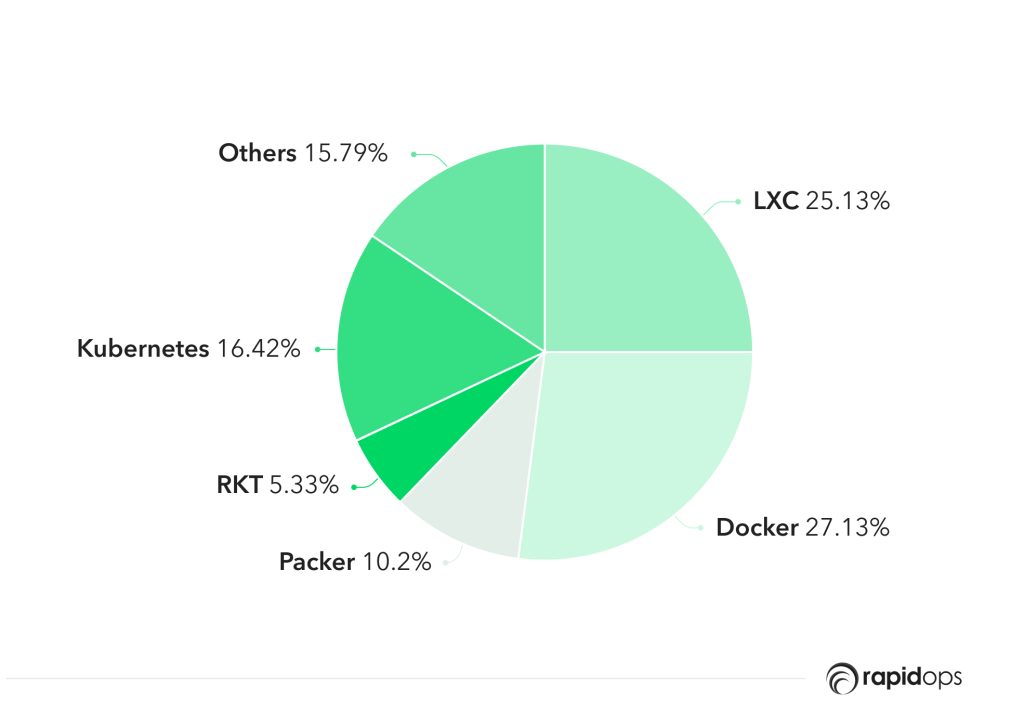
Kubernetes accounts for 16.42% of the total share of the containerization technologies market, while Docker has 27% of the market share.
Divergence: Kubernetes vs Docker
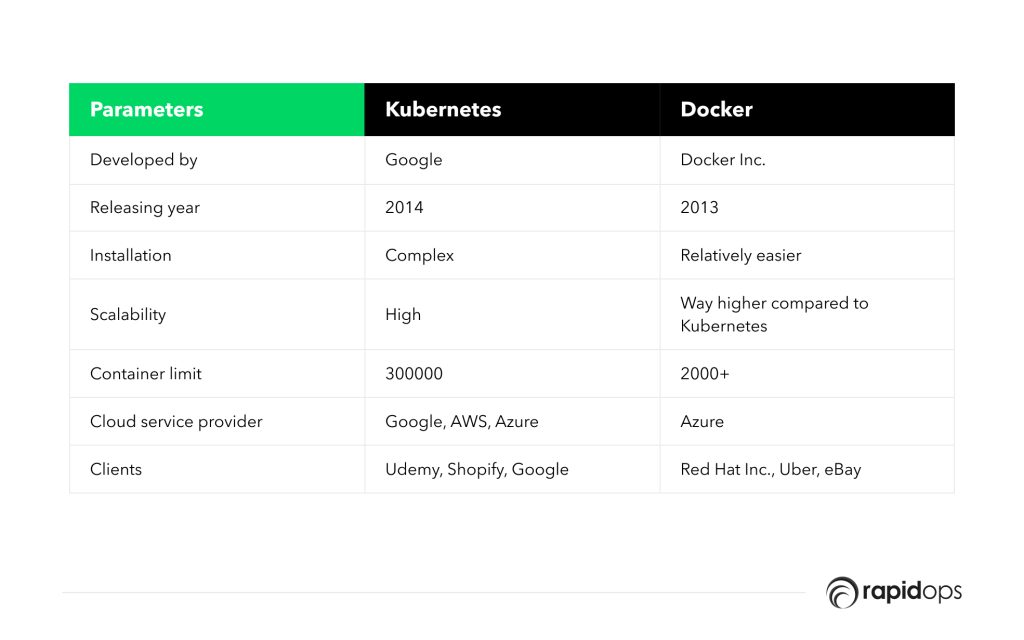
End note
Kubernetes vs Docker are two prominent open-source software' battles, but there are others too. Rancher, Amazon ECS, etc. They are widely used and admired platforms among brands and businesses.
The main features of such software are providing lightweight containers, migration, and modern tech adaption but the utility and seamlessness play vital roles too in being picked for your organization.
Research the best platforms, try the most suitable ones for your business, and finalize what's best for you!

Saptarshi Das
Content Editor
9+ years of expertise in content marketing, SEO, and SERP research. Creates informative, engaging content to achieve marketing goals. Empathetic approach and deep understanding of target audience needs. Expert in SEO optimization for maximum visibility. Your ideal content marketing strategist.

Let’s build the next big thing!
Share your ideas and vision with us to explore your digital opportunities
Similar Stories
- Engineering
- undefined Mins
- September 2022

- Engineering
- undefined Mins
- January 2016
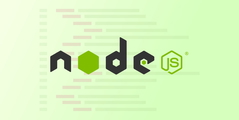
- Engineering
- 5 Mins
- November 2015


Receive articles like this in your mailbox
Sign up to get weekly insights & inspiration in your inbox.
